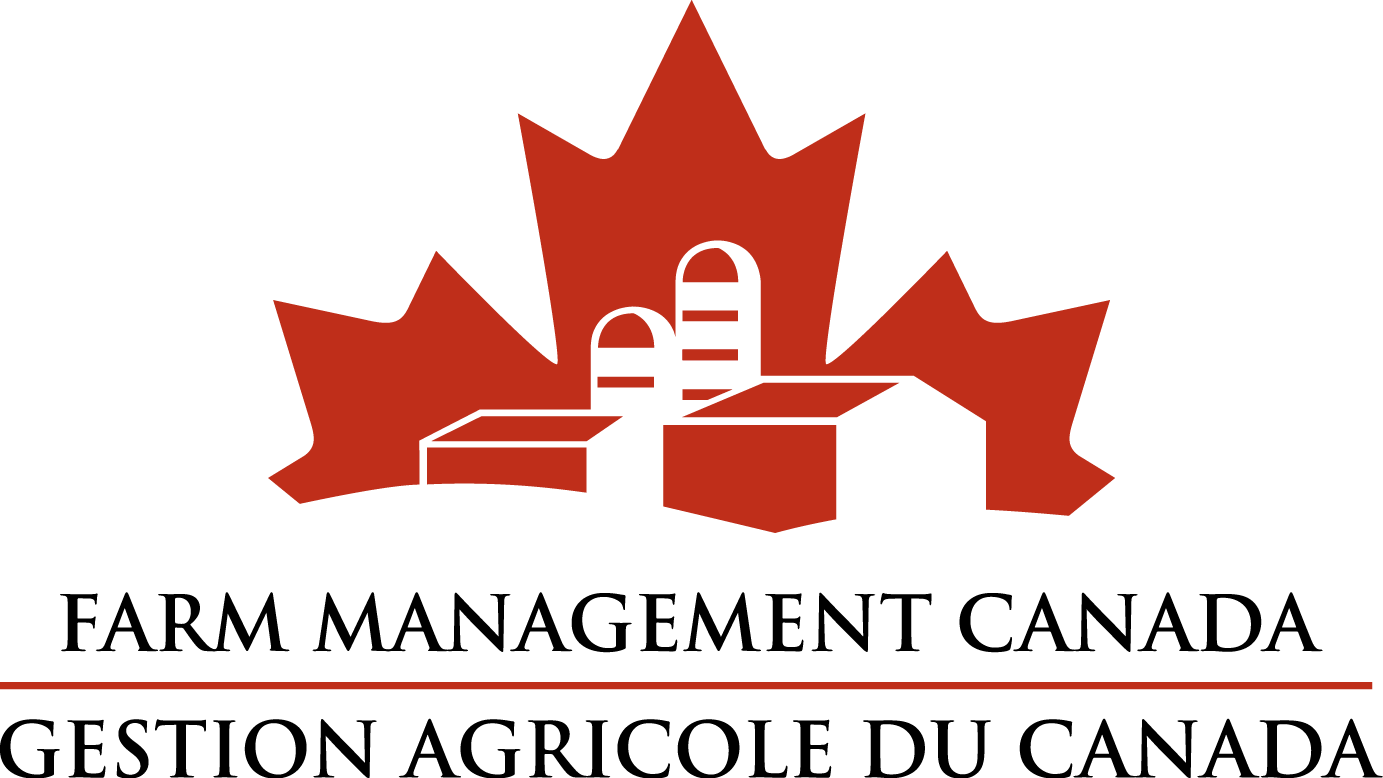 You won’t find a more enthusiastic haskap fan than Curtis Braaten.
You won’t find a more enthusiastic haskap fan than Curtis Braaten.
The Saskatchewan grower got to know the berry when he volunteered for the University of Saskatchewan’s fruit development program and was the first to grow them when breeder Bob Bors released his first cultivars in 2007.
“Wait until people have a chance to taste them,” says the co-owner of Haskap Central (haskapcentral.com), located in Henribourg, north of Prince Albert. “Then look out – it will be, ‘Bye-bye blueberries.’”
But even Braaten isn’t predicting that will happen anytime soon.
“There’s nothing that’s going to slow it down except availability, but that is going to take time,” he says.
Bors bestowed the Japanese name haskap on those cross-bred cultivars that retained the superior taste of Japanese varieties while incorporating hardiness of Russian ones (known as blue honeysuckle or honeyberries). Tasting the results convinced Braaten to get into the business.
“By 2006-07, I knew this was going to be big,” says Braaten. “I’m more convinced every year because every year we sell out everything we have.”
In fact, a juice company has placed a standing order for 60,000 pounds a month with Haskap Canada, the national growers’ association. That one order alone would likely consume a majority of current production. Braaten estimates there are only about 300 commercial haskap acres in all of North America. That’s up 50 per cent from a year ago, but that sort of exponential growth will need to continue for many years before production is big enough to tempt a major processor or restaurant chain to develop haskap products, he says.
“We’ve got a long, long ways to go,” says the 48-year-old, who has a 15-acre orchard with business partner Carl Barber. “I’ll be retired before you see McDonald’s running commercials for haskap sundaes. That’s decades away.”
That’s only one challenge. Another is that the book on growing haskaps is still being written. Most current growers, including Braaten, are organic, which brings all the usual challenges of weed control and fertility. Pests and disease haven’t been major problems so far, although they may find the crop as acreage increases. Some producers are using chemical herbicides and fertilizer, but will be facing a market where organic currently commands the biggest premiums.
 Another issue is that current cultivars bear fruit in June, which means the window for fresh product is very narrow. July- and August-bearing varieties are being developed, and there will likely be other new varieties with superior attributes when it comes to productivity, taste, vigour or other factors. But that raises another issue – anyone who plants a lot of acres now may find themselves with inferior orchards in the future.
Another issue is that current cultivars bear fruit in June, which means the window for fresh product is very narrow. July- and August-bearing varieties are being developed, and there will likely be other new varieties with superior attributes when it comes to productivity, taste, vigour or other factors. But that raises another issue – anyone who plants a lot of acres now may find themselves with inferior orchards in the future.
The biggest issue is cost. Factor in plant stock, bird netting and other establishment costs, and an acre of haskap can set you back $10,000. Add in the prices of a mechanical harvester – as much as $130,000 for a new self-propelled model – along with a cleaning line and freezer space, and the start-up costs can be prohibitive.
That doesn’t mean people aren’t interested. Braaten is constantly fielding calls, usually from people who have heard about the huge price that haskaps fetch. Braaten sells frozen berries at $13.30 a pound and can’t keep them in stock. He knows one grower who sold her entire first-year production of 700 pounds for $16 per pound.
But anyone who dreams of getting rich quick is making a mistake, he says.
“If you call me, I’ll sell you as many plants as you want,” he says. “But if you’re new to the industry, I’d tell you to tread lightly, start small and learn what you’re doing.”
 That’s also why he is full of praise for LaHave Forests, especially for getting berries into the hands of entrepreneurs interested in creating value-added products, and also helping small growers get started (including a plan to start a co-op in which members could share harvesters and freezer space, and jointly market).
That’s also why he is full of praise for LaHave Forests, especially for getting berries into the hands of entrepreneurs interested in creating value-added products, and also helping small growers get started (including a plan to start a co-op in which members could share harvesters and freezer space, and jointly market).
“It’s a model for our industry,” says Braaten. “When it comes to promoting haskaps, no one can compare to them.”
Since supplying LaHave with the plants for its first one-acre test plot, Braaten has struck a deal with the Nova Scotia company to distribute his plants in eastern Canada. The industry needs more growers, he says, but they have to have the right mindset.
“Anyone who gets into this industry is going to be different,” he says.
“I was raised on a farm and farmed myself for many years. This isn’t like the agriculture most of us are used to – where you grow an annual crop and get a return at the end of year. With this, you’re going to be putting out a fair amount of cash prior to getting any return.”
And you’ll be learning as you go, he adds.
“Everyone in haskaps is an innovator. Nobody is up to full production, nobody knows how much a plant is capable of producing, nobody knows what the price is going to be, and nobody knows where the markets will be. Sure, everything looks good, but nobody knows anything for sure.”
